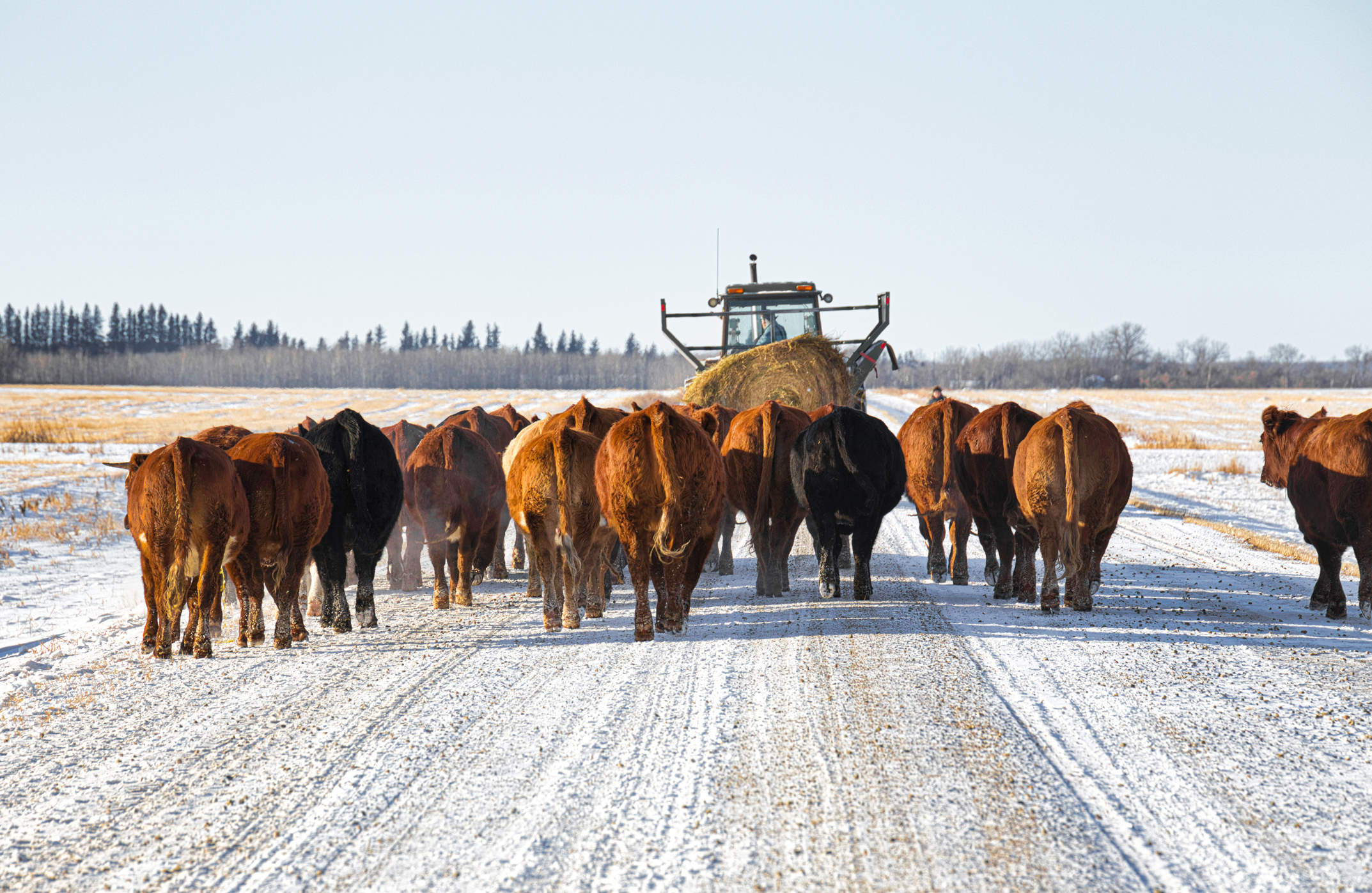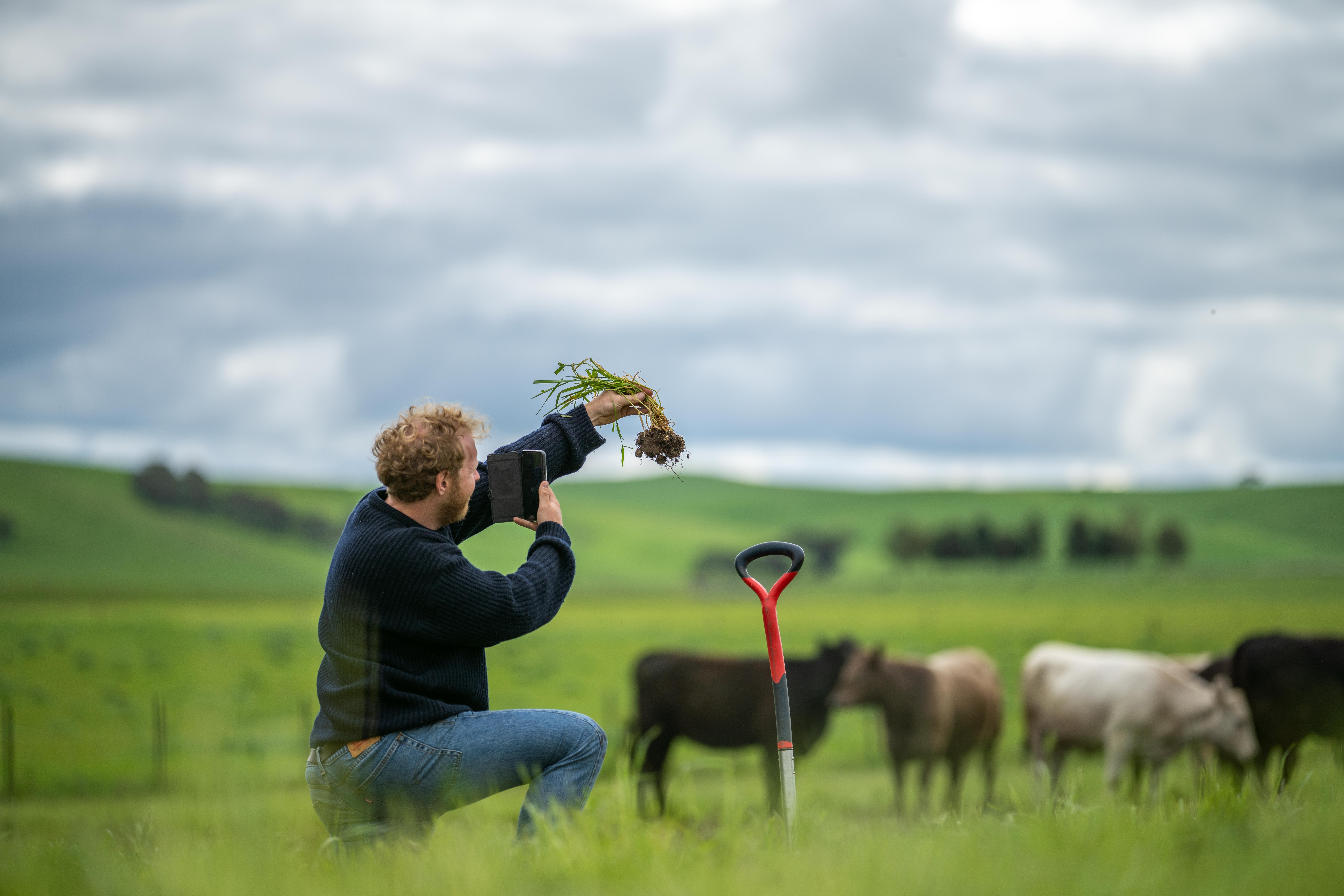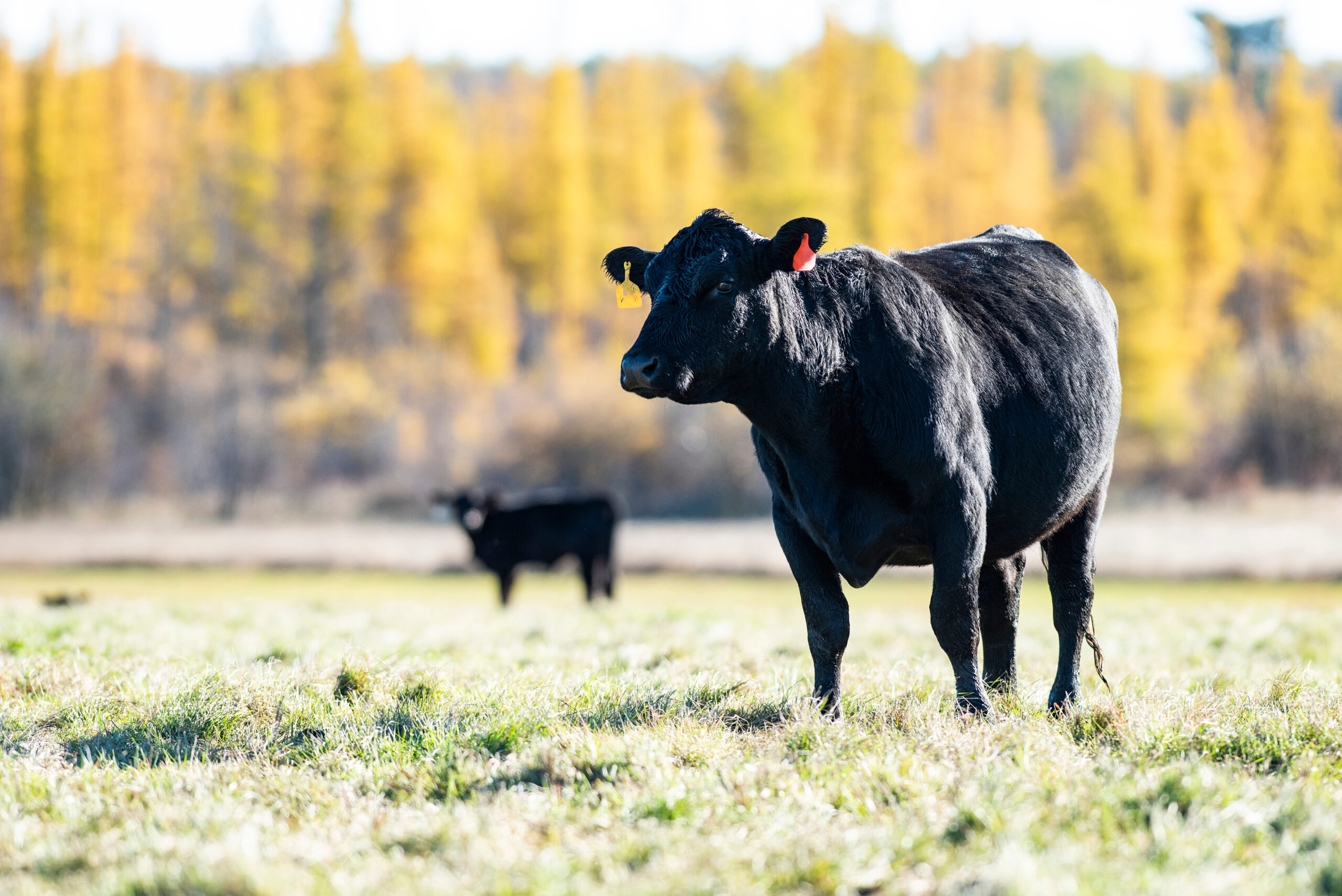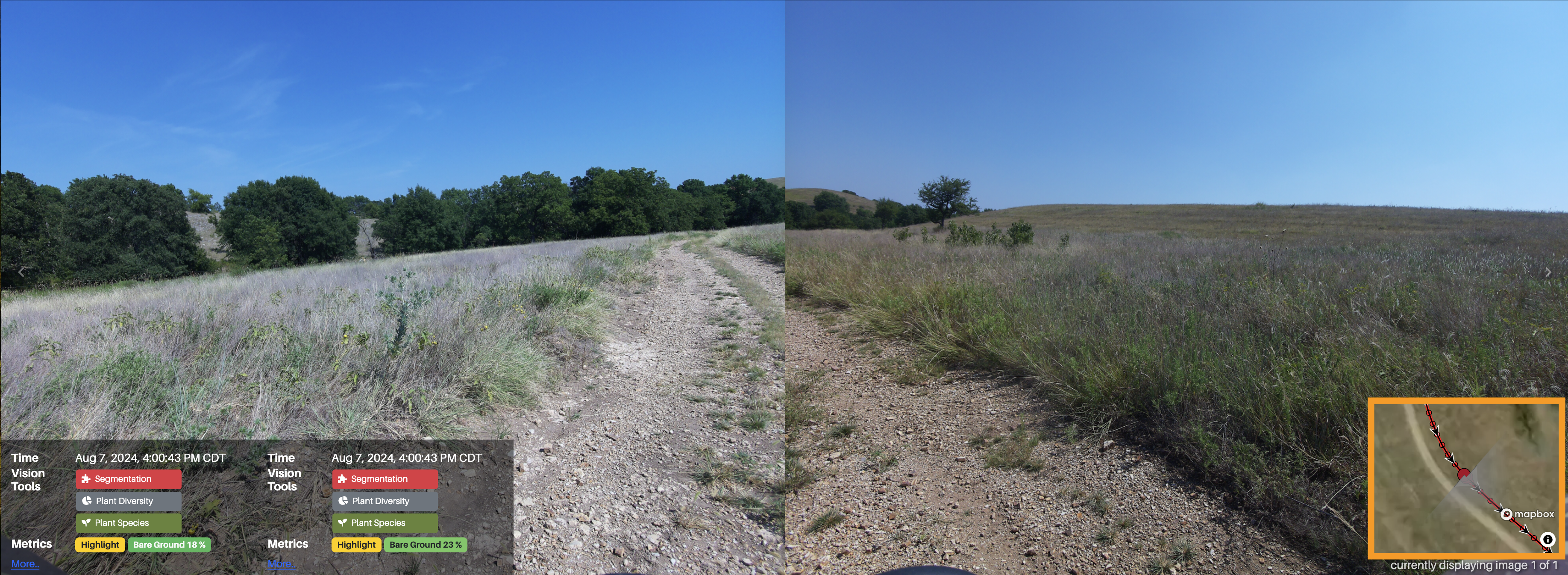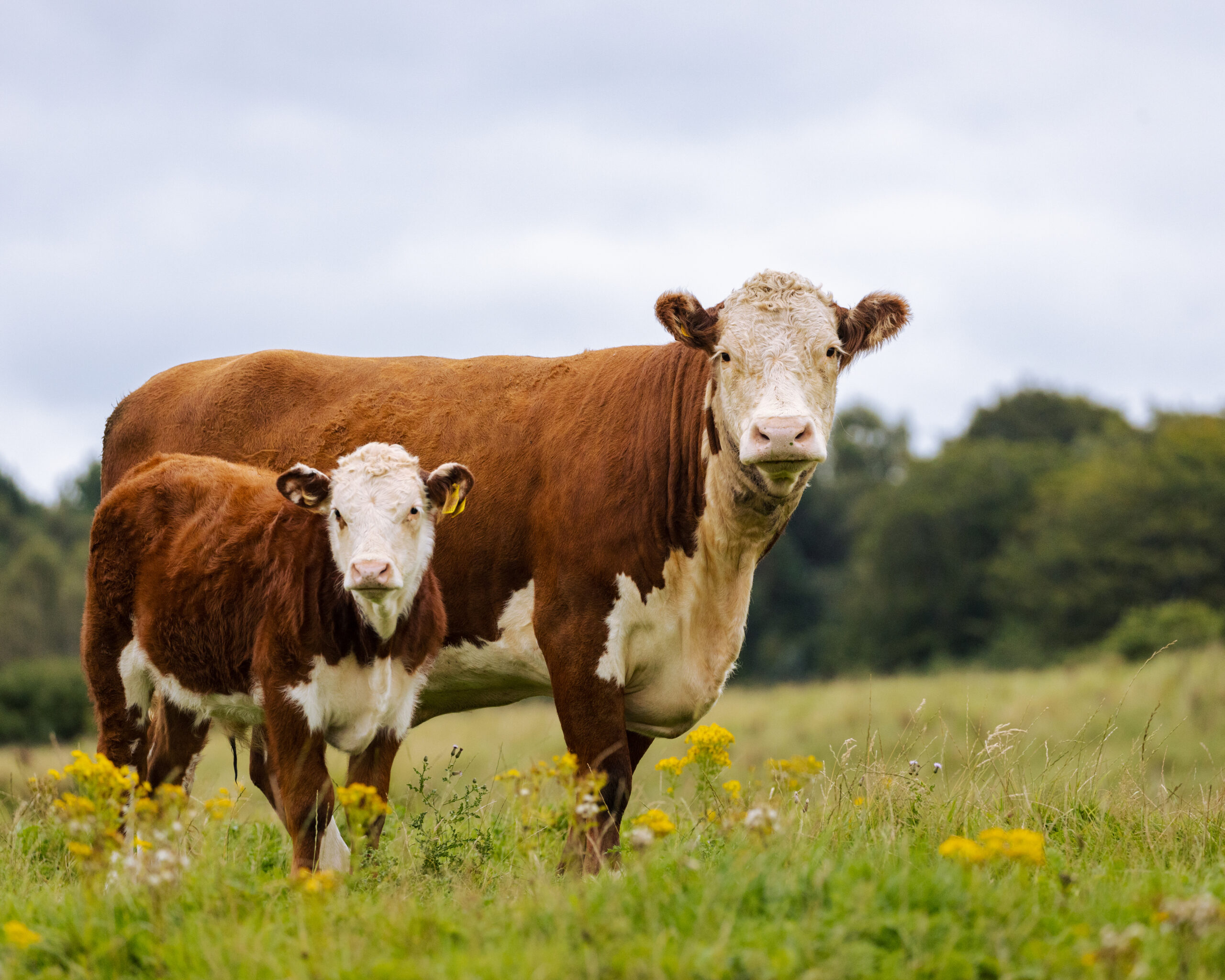During winter, there’s a tendency for rangeland management to lay dormant alongside pasture forage. However, in light of this year’s early spring conditions and potential drought concerns, now is the optimal time for farmers and ranchers to begin planning for the grazing season, says Billy Cook, vice president of producer relations. He shares three areas where utilizing dormant landscapes in the planning process are advantageous.
Residual Recognition
A crucial first step in prepping for spring is to assess the remaining, or residual, forages from the previous growing season. This includes identifying pastures that may have enough grass to allow for additional grazing days prior to green-up, or which pastures need additional rest.
“If we do some initial imagery image collection prior to green-up, or the pre-leaf stage, we have a unique and potentially valuable perspective than when everything is covered in leaves,” Cook shares. “For example, it gives us a baseline production for brush encroachment, particularly evergreen invasives such as eastern red cedar.
This information leads into a more dynamic grazing management plan. He says early spring is the optimal time to make informed decisions, especially for creating a program tailored to match cattle nutritional needs with available resources.
Early season evaluation of body condition score, especially with imagery technology, can be particularly valuable. He points out many producers assess cows twice a year – at branding and at weaning — but that additional analysis now is beneficial in matching nutritional needs to upcoming grazing conditions. “Assessing body condition during late winter provides valuable insights into cattle health and nutritional status,” Cook remarks. “This information guides producers in determining which class of cattle require priority access to high-quality forage.”
Tools for Success
Using aerial imagery, predictive modeling and body condition scoring, producers can optimize grazing rotations, prioritize cattle health and adapt to changing environmental conditions. These types of tools are now readily available from Enriched Ag. Cook outlines how the grazing management platform’s Insights and Vision tools help in these areas.
“Our Insights tool allows producers to identify pastures with sufficient residual forage from the previous growing season, enabling them to strategically plan grazing rotations,” he says.
Meanwhile, Vision allows for imagery collection that feeds machine learning models to estimate residual forage, predict future forage growth and to estimate body condition of animals. This product is also a novel tool to get an idea of average body condition and range of condition in the herd.
Cook explains, “Collecting imagery before foliage obstructs the view not only aids in identifying residual forage but also serves as a baseline for assessing brush encroachment.”
— The Enriched Ag Team
